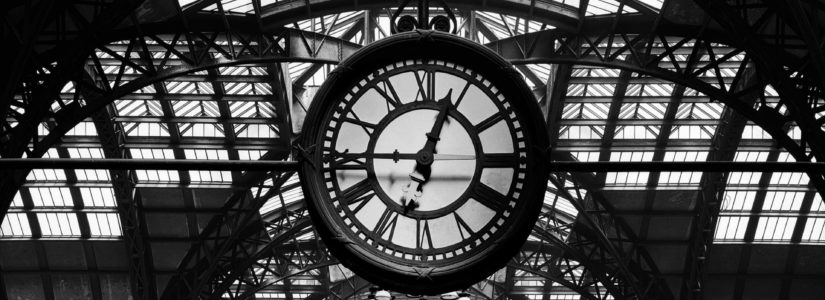
Time and Place
October 14, 2008 | Anthony C. Wood, Founder & Chair
Article from the Spring 2008 Newsletter
Preservation happens both in time and place. We are very good at the place part of our work, saving special places from individual landmarks and historic districts to cultural landscapes and commemorating special events tied to specific places. We are less good at the time dimension of preservation. Preservationists live and work in an historic context. This year the loss of a number of extraordinary preservation colleagues underscores the fact that our work happens in time—and as the saying goes: time stands still for no one. Their combined contributions to preservation could fill volumes.
Experiencing these losses raises many questions. Among them should be: Have we captured enough material on the work of our departed colleagues that someone someday could write one or more of those volumes? As individuals, have we made plans to secure the future of our preservation records? As organizations, are we adequately documenting our accomplishments and preserving our records? As a movement, are we capturing our own intellectual capital so those who follow can build on what we have experienced?
Time is precious and we concentrate on the work at hand. It is a natural instinct and in preservation we often feel we are in a constant race against time. Until recently, preservationists have had almost no awareness that their work was part of a longer and proud history. Additionally, we have been too busy making preservation happen to document it.
The New York Preservation Archive Project is dedicated to documenting, preserving, and celebrating the history of preservation. That task is too large for any one organization, even when well funded and fully staffed—which you can imagine, we are not. Although we are aggressively working to expand our own efforts to document the history of preservation—and welcome and thank you for your financial help to do so—equally important is our effort to change the culture of preservation so that everyone and every organization involved in preservation documents and values their own contributions to preservation’s history.
Together, we can save the memos and correspondence that tell the story of a battle to save a special place. Together, through oral histories we can capture the memories, insights, and observations of our preservation sages. Together, we can begin to better document our daily preservation work through photography, video, and the new media.
Preservation is a civic passion with a rich history. Every day you are making more of that history, and unfortunately, more of it is being lost. With your help, both financially and in advancing an archival ethic within the preservation community, together we can become as good at saving preservation’s history as we are at making it.